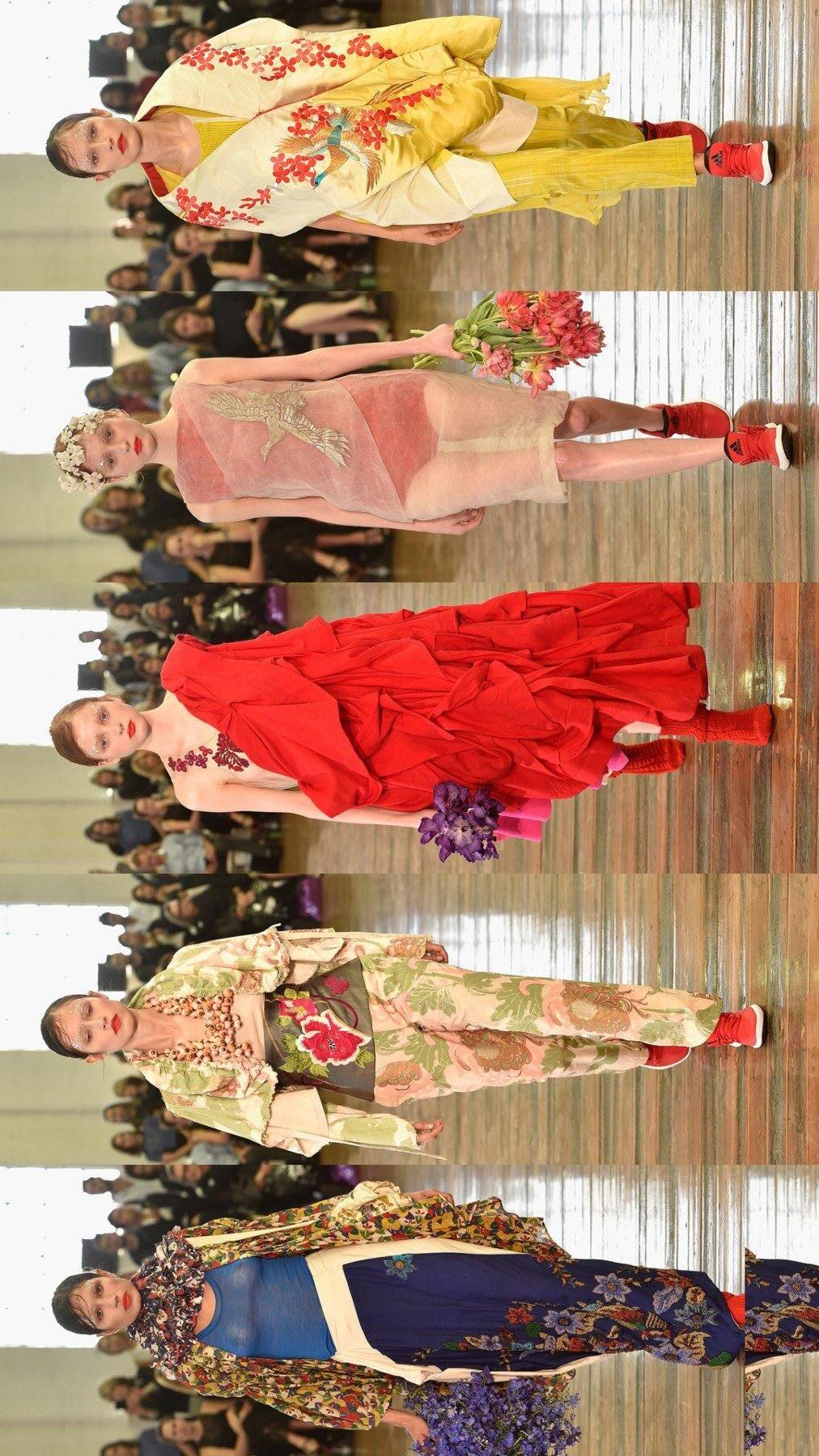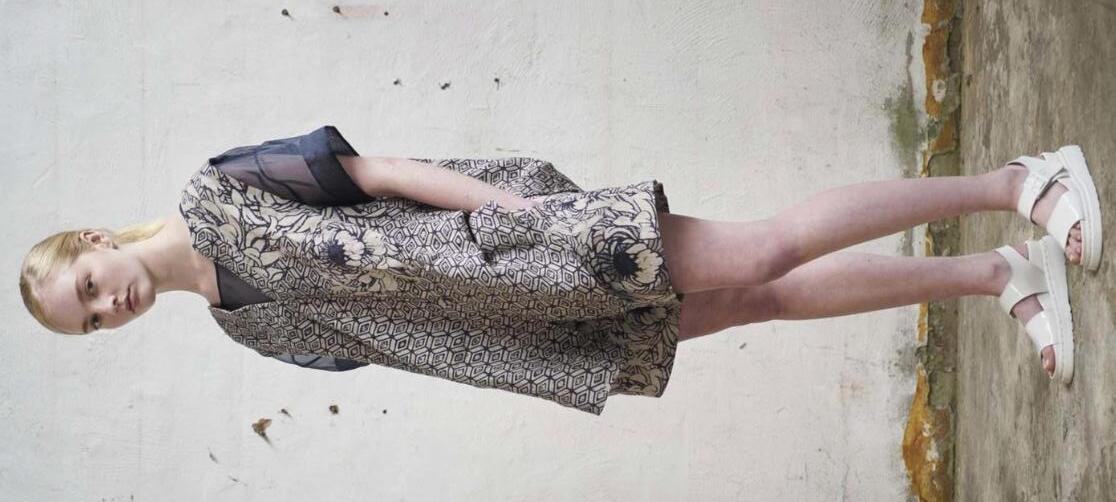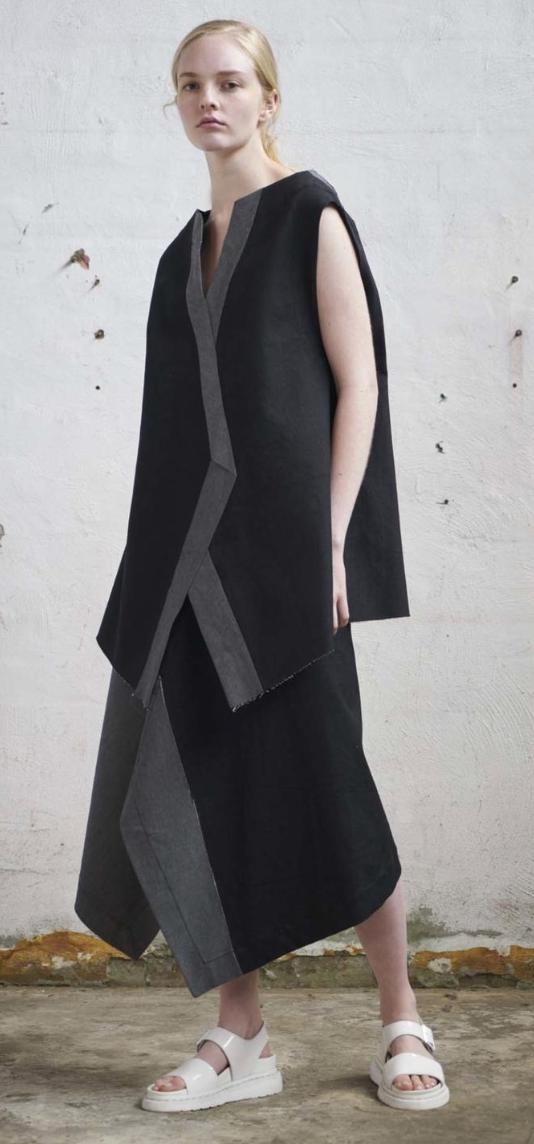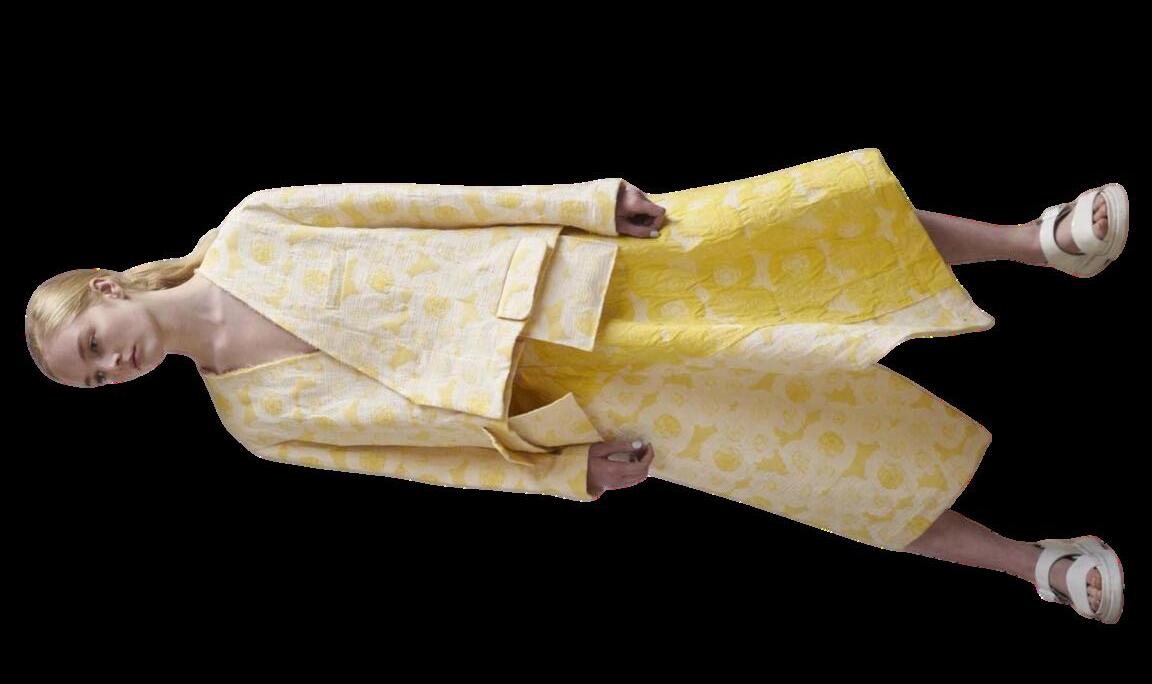AKIRA I S O G A W A
CONTEMPORARY DESIGNER EDITION
Merging the fusion of traditional Japanese culture with contemporary fashion evolvement


Merging the fusion of traditional Japanese culture with contemporary fashion evolvement

Akira Isogawa, an Australian contemporary fashion designer is a well-renowned and highly celebrated, acclaimed designer who intricately intertwines his rich Japanese culture into the vibrancy of his modern, artistic expression, serving as a fusion of his dual cultural identity. Isogawa was born on 25th December 1964 in Kyoto, Japan, later moving to Sydney, Australia in 1986 in an effort to seek opportunities in pursuing his passion for fashion and textiles.
Isogawa successfully completed a Bachelor of Fashion Design at East Sydney Technical College (now formally known as, TAFE). Later, he opened his first boutique in Woollahra, establishing his reputation for unique garments that reflected a harmonious intersection between Japanese tradition and contemporary creativity of fashion Moreover, Isogawa made his debut at Sydney’s 1996 Australian Fashion Week, and since 1998, has annually appeared in Paris Fashion Week. Additionally, Isogawa exhibited at the Museum of Contemporary Art and featured in the ‘Powerhouse Museum’s Fashion of the Year’ in 1998. Contributing to his recognition, Isogawa was announced ‘Designer of the Year’ and ‘Womenswear Designer of the Year’ at the 1999 Australian Fashion Industry Awards. Between 2004 and 2005, Isogawa established his first solo exhibition hosted at the National Gallery of Victoria: ‘Printemps Eté’, elevating him to new heights of recognition.
Since 1997, Australia Post has honoured notable Australians through the ‘Australia Post Australian Legends Award’, specifically, Isogawa was presented as a recipient that received a gold replica stamp at the Australia Day Lunch in 2005. Isogawa’s experiences have offered him opportunities to design costumes with Australian choreographer, Graeme Murphy for the Australian Ballet’s, ‘Romeo and Juliet’ and ‘Murphy’, in addition to the Sydney Dance Company productions of Ellipse, Grand, Air, Other Invisible Forces, and Salome. Isogawa is not only recognised for his designs in apparel and costume, however additionally for his skills in textile furnishings, appearing on collections for Designer Rugs and Woven Images. Recently, in 2020, Isogawa was included in the Victoria and Albert Museum’s exhibition as he established his gallery: ‘Kimono: Kyoto to Catwalk' in London






“Iunderstandthatouractionsimpactonalllivingbeingsandwonderwhyweresort tosuchcrueltywhentherearesomanyman-madematerialsthatwecanuse.”
-AkiraIsogawa

 Look 21, ‘Spring Summer 2017’
Look 23, ‘Spring Summer 2017’
Look 11, ‘Spring Summer2017’
Look 21, ‘Spring Summer 2017’
Look 23, ‘Spring Summer 2017’
Look 11, ‘Spring Summer2017’



Isogawa’s inspiration draws significantly on the traditional technique of shibori dyeing, a Japanese manual resist dyeing method. Isogawa’s use of shibori dyeing is predominantly evident within his blue and white shibori a-line silk crepe de Chine dress and matching vintage kimono silk shibori shrug of his ‘2013 Resort’ collection Isogawa’s design represents a harmonious blend of tradition and innovation, unveiling Japan’s rich heritage and culture The fusion of floral and circular motions of shibori dyeing in his kimono not only enhances the garment’s visual appeal, though additionally serves as a living testament to the enduring creativity of Japanese textiles. Isogawa’s dyeing endures great significance as certain shibori patterns uphold motifs that act as great inspiration from Japanese culture. Specifically, his combination of floral and circular patterns collectively symbolise the harmonious relationship between humanity and nature, reflecting an appreciation for the interconnectedness between all living things. Isogawa works exclusively with concepts of nature, therefore, his utilisation of floral and circular shibori dyeing patterns enhance his notion of naturality.

 ‘2013 Resort’
‘2013 Resort’

c o t t o n s , w h i c h a r e k i n d t o t h e s k i n . ”A k i r a I s o g a w a
s i l h o u e t t e s , u s i n g n a t u r a l f a b r i c s l i k e s i l k s a n d
“ I t r a n s l a t e f a b r i c s i n t o s o f t a n d r o m a n t i c

“My work is always evolving; it’s the nature of fashion.” - Akira Isogawa
“Timeless beauty and femininity in my design is profound, in a way for the wearer to express their inner soul.” - Akira Isogawa

“A garment can transcend, giving it a soul.” - Akira Isogawa
Akira Isogawa (n.d.) , Fragmented. Akira. https://www.akira.com.au/
National Portrait Gallery. (2015). Akira Isogawa National Portrait Gallery People. https://www.portrait.gov.au/people/akira-isogawa-1964
Birrell, A (2016) The quiet power of Akira Isogawa - Vogue Australia
https://www vogue com au/fashion/news/the-quiet-power-of-akira-isogawa/newsstory/0cc3f99d203820614d5ae8957d61dabf.
Connors, E. (2003). Material gains. Australian Financial Review.
https://www.afr.com/politics/material-gains-20030328-k24nx.
Design Philosophy - Akira Isogawa. (n.d.). Akira Isogawa. https://akiraisogawa.weebly.com/design-philosophy.html
Kitagawa, J. (2019). Akira Isogawa: Australia's darling of fashion - the Japan Times.
https://www.japantimes.co.jp/life/2019/11/23/people/akira-isogawa-australias-darlingfashion/
O'neill, H (2018) The Akira enigma The Sydney Morning Herald
https://www.smh.com.au/entertainment/art-and-design/the-akira-enigma-20180430p4zcfd.html.
Powerhouse Collection (2019). Shibori dress and shrug by Akira Isogawa.
https://collection.powerhouse.com.au/object/561518
NZ Herald. (2018). The Enduring Aesthetic Of Australian Designer Akira Isogawa
https://www.nzherald.co.nz/viva/fashion/the-enduring-aesthetic-of-australian-designerakira-isogawa/FL3FNSZFEJQCKAUHIT67CNR444/.